Interlaken, general view
Decoration with friezes of edelweiss and wild strawberries
The central view is signed G. Wuthrich
Switzerland, Heimberg-Steffisburg workshops (canton of Bern), around 1880
-----
Ø 46 cm
Very good general condition.
Small gaps, as is often the case, in the landscape.
A small enamel chip on the reverse, on the edge.
-----
What is commonly called "Thun majolica" is in reality, contrary to what its name suggests, a terracotta with a polychrome glaze and not majolica, which is a ceramic with a painted decoration on an opacifying glaze made of a mixture of lead and tin. In addition, it was not produced in Thun exactly, but rather in Heimberg-Steffisburg, in the canton of Bern, a little further north. This decorative ceramic, which is part of the great current of historicism of the late 19th century, was a great success at the Universal Exhibition in Paris in 1878. That same year, Johann Wanzenried founded his manufactory in Steffisburg, which would contribute to the widespread distribution of this ceramic. The ornamental repertoire, designed in the 1870s by the German artist and illustrator Franz Keller-Leuzinger, uses Indo-Persian forms where the Indian flora has simply been replaced by rhododendrons (Alpine roses) and edelweiss. The success was resounding but the decline would be rapid. Between 1887 and 1907, the number of workshops in the region would drop from 74 to 47. Well before the war of 14, the historicist style of Thun majolica would already be completely out of fashion.
[Andreas Heege 2019, ceramica-ch.ch].














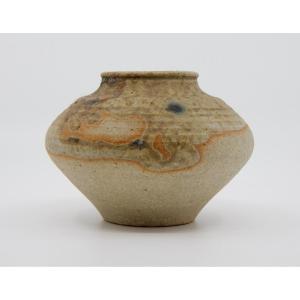
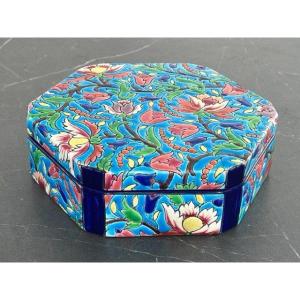
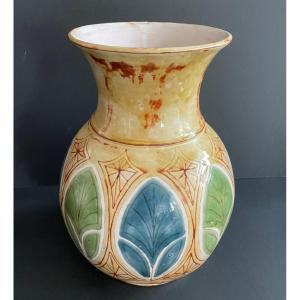
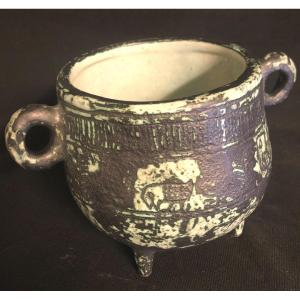
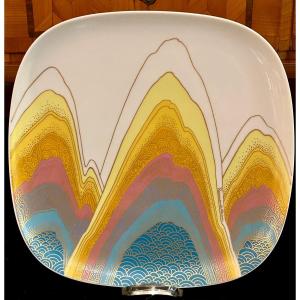





 Le Magazine de PROANTIC
Le Magazine de PROANTIC TRÉSORS Magazine
TRÉSORS Magazine Rivista Artiquariato
Rivista Artiquariato
